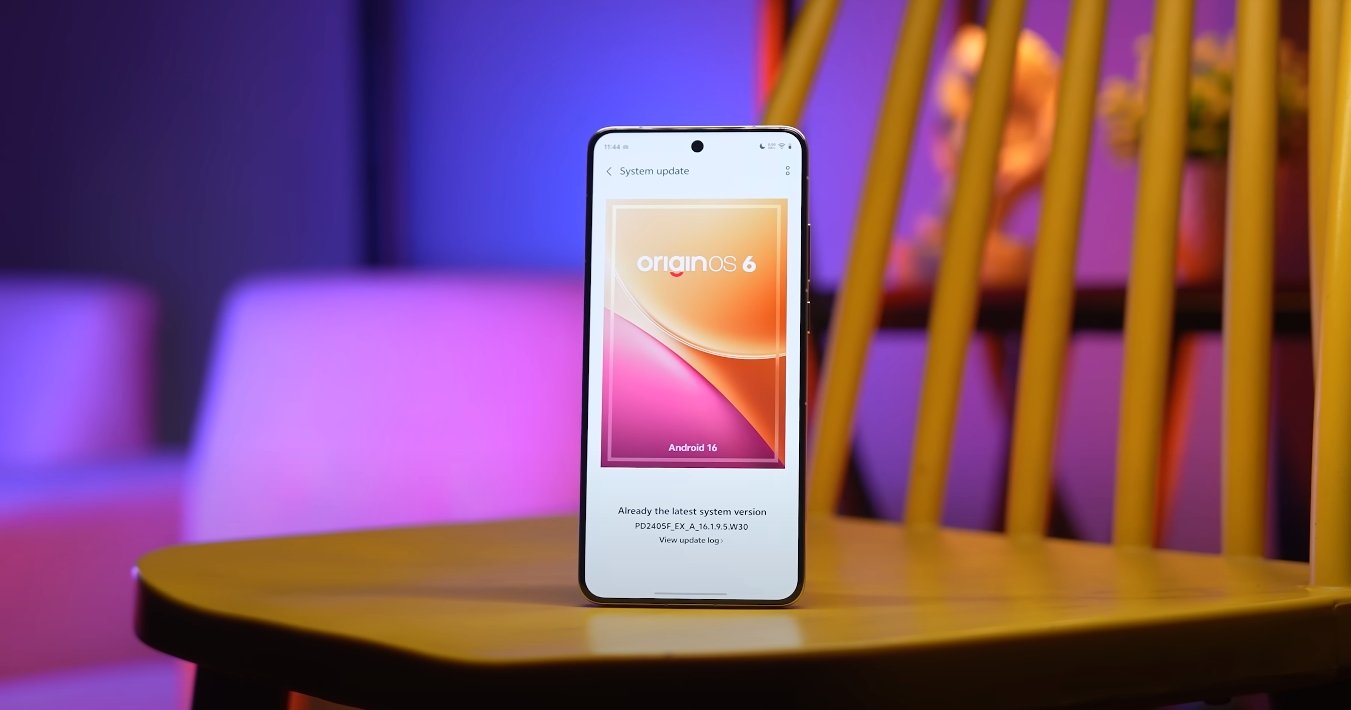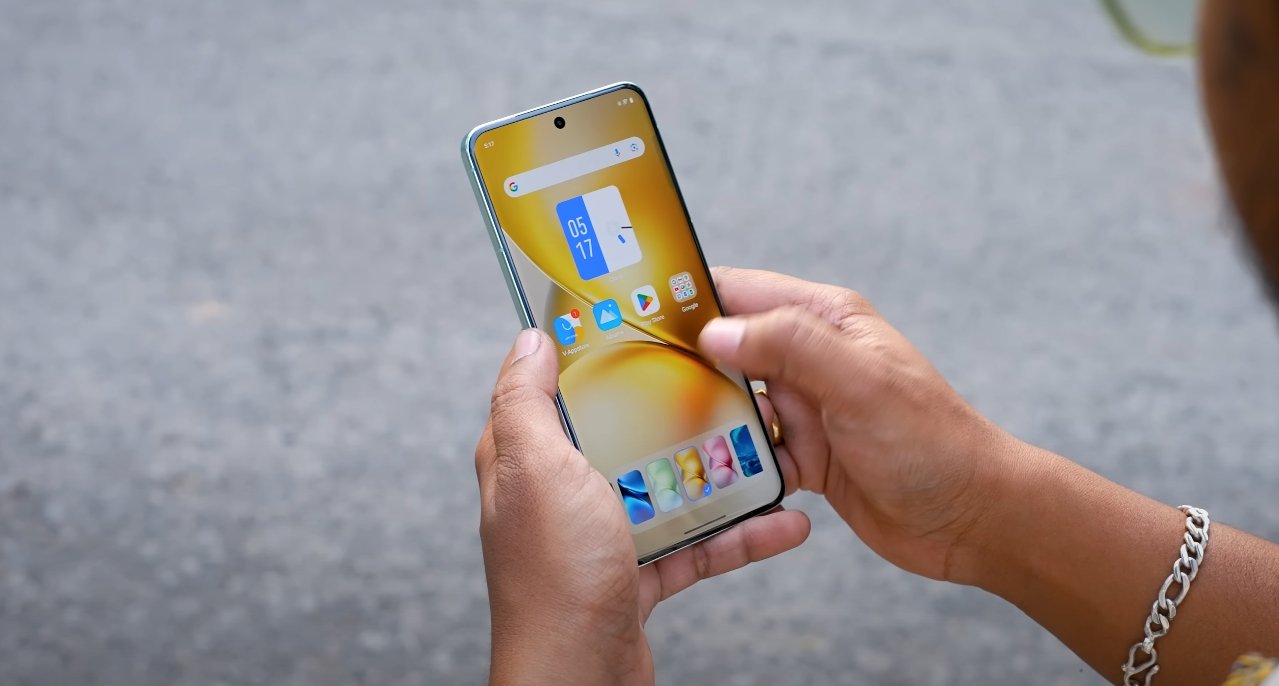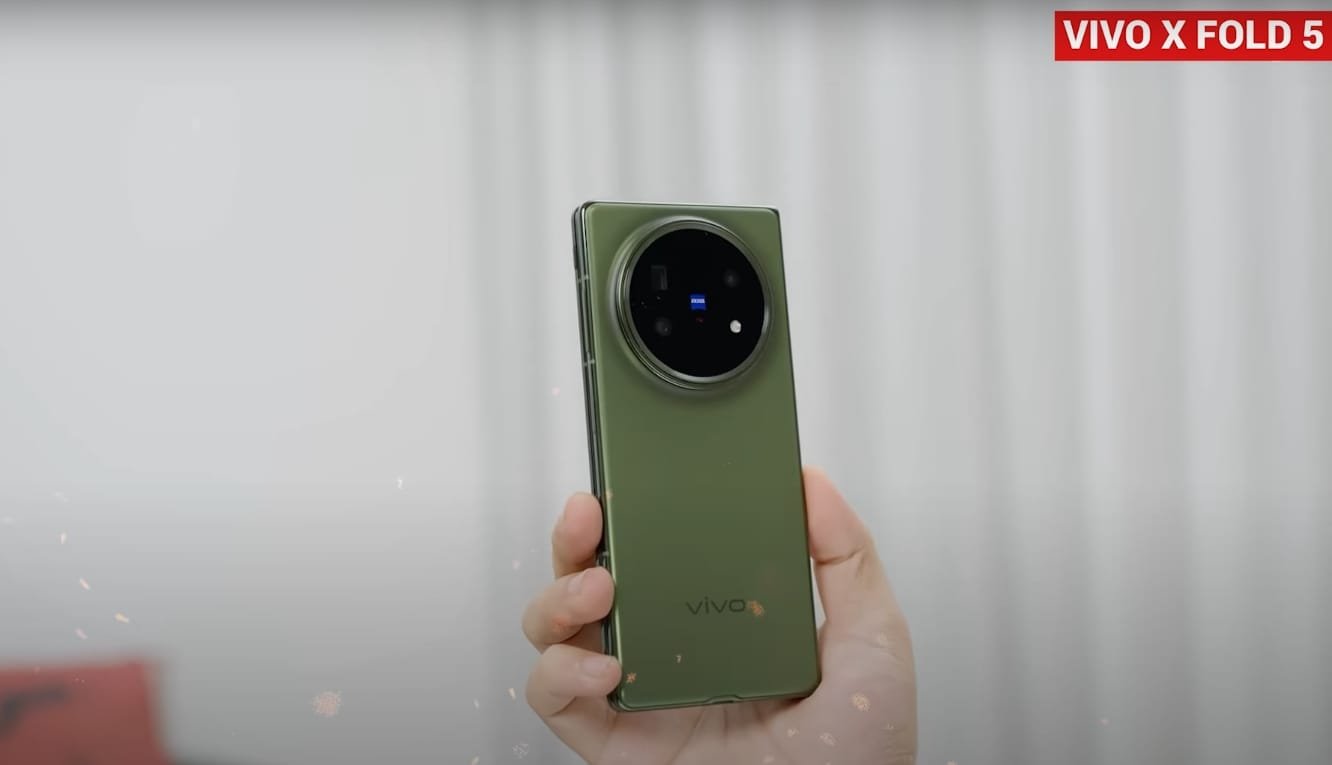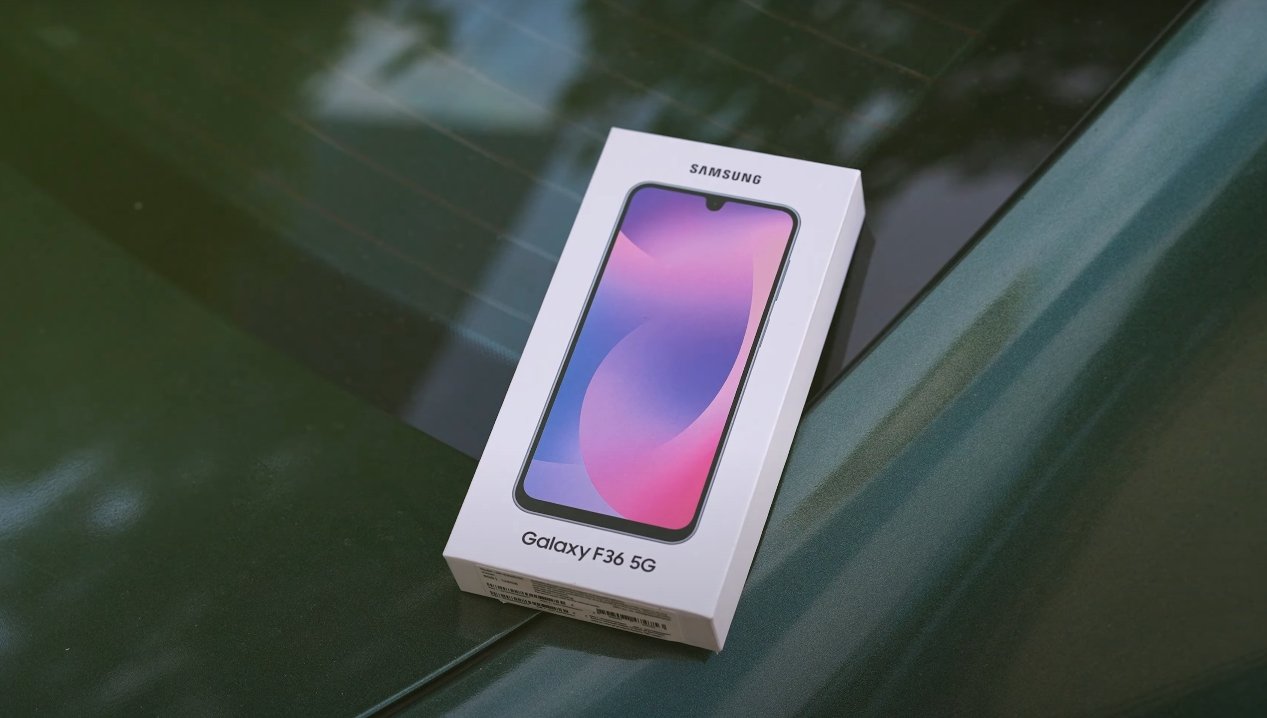Comparing multitasking performance and fluidity between two major Android skins
OriginOS 6 and Samsung’s One UI represent two of the most popular Android-based operating systems in the market today. Both are designed to offer smooth, powerful, and efficient user experiences, but they approach multitasking in different ways. With smartphones and tablets increasingly used for work and entertainment, multitasking capabilities have become a major deciding factor for users. The latest updates to both interfaces have introduced key improvements in window management, performance stability, and multitasking gestures, making this comparison more relevant than ever.
OriginOS 6 focuses on maximizing system responsiveness through a redesigned multitasking framework. It emphasizes memory optimization, fast app switching, and maintaining frame rate stability when multiple apps are active. This new structure ensures that apps stay responsive in the background without forced refreshes, which often disrupt the workflow. The multitasking menu on OriginOS 6 has also been restructured to allow quick access to split screen, floating windows, and pinned apps, giving users more control over how they manage tasks simultaneously.
Samsung’s One UI, on the other hand, has a more mature and feature-rich multitasking environment, especially on larger displays like Galaxy tablets and foldables. One UI allows multiple apps to run side by side, supports floating pop-up windows, and integrates gesture shortcuts to make launching multitasking modes easier. Its split-screen functionality has been refined over several years, giving users a stable and familiar interface. Samsung has also optimized background resource allocation, ensuring apps remain active longer, especially on high-end Galaxy devices.

One of the most noticeable differences between these two interfaces lies in their window management. OriginOS 6 uses a clean, card-based multitasking view with smooth transitions and subtle animations to make switching between apps feel fluid. The floating window feature can be adjusted in size, and multiple mini windows can be kept on screen for quick reference. One UI builds on a more advanced layout that supports up to three apps at once in a split view on tablets, combined with pop-up windows for extra flexibility. This makes Samsung’s interface particularly well-suited for multitasking on larger screens.
Real-world performance during multitasking reveals how these systems differ in execution. OriginOS 6 delivers impressive speed when switching between apps, and it maintains stable frame rates even when two or three apps are active in the background. Apps like browsers, messaging platforms, and productivity tools stay in memory without noticeable lag. One UI focuses on giving users advanced multitasking tools, especially for tasks like watching videos while working on documents or messaging while browsing. The multi-window feature remains one of its strongest assets, making it ideal for users who rely on productivity features daily.
Animation and fluidity also play an important role in user experience. OriginOS 6 emphasizes natural transitions, reduced latency, and smooth animations throughout the multitasking process. This design approach makes task switching feel fast and uninterrupted. One UI is more focused on practicality, ensuring the multitasking environment remains stable even with several apps open. Although Samsung’s animations are slightly more restrained, they contribute to a consistent and reliable performance profile.
Battery efficiency and heat management are also important factors during multitasking. OriginOS 6 manages resources efficiently, keeping power usage balanced during extended multitasking sessions. It limits unnecessary background refreshes and allocates power dynamically to active apps. One UI benefits from Samsung’s hardware-level optimizations, which help maintain stable temperatures during intensive multitasking, especially on flagship devices. However, Samsung’s broader multitasking capability can sometimes consume more power when multiple apps are running in complex layouts.
In terms of ease of use, both systems offer gesture shortcuts and intuitive controls, but One UI has a slight advantage in advanced multitasking functions. Samsung users can activate split screen with simple gestures, resize windows easily, and use the taskbar on tablets for quick app switching. OriginOS 6 focuses more on simplicity and smoothness, offering enough flexibility for most users but with fewer advanced configurations.
In conclusion, OriginOS 6 and Samsung One UI both deliver strong multitasking performance but target different user needs. OriginOS 6 shines with its fluid animations, efficient memory handling, and responsive switching, making it ideal for users who prioritize speed and smoothness. One UI stands out for its robust multitasking layout, advanced features, and superior large-screen productivity tools. For casual users, OriginOS 6 provides an elegant and efficient experience. For power users, especially on Samsung tablets and foldables, One UI remains the more feature-complete multitasking platform. Ultimately, both systems reflect their brands’ focus—Vivo on performance fluidity and Samsung on multitasking depth.






